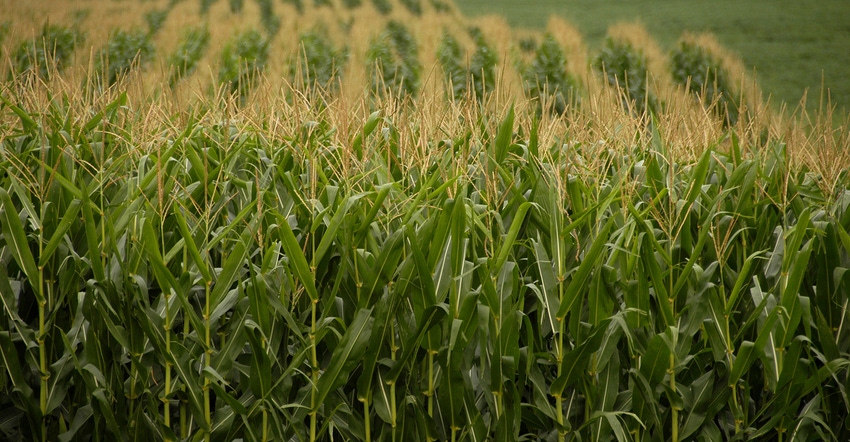
The Renewable Fuel Standard has nearly doubled the number of ethanol plants in the U.S. since Congress expanded it in 2007. At the time, the expected uptick in volume sparked concern from scientists.
Studies projected ethanol would be worse than gasoline in terms of carbon dioxide emissions, because rising ethanol blending requirements would cause prices to boom. This would tempt farmers to plow marginal, fallow and conservation land — releasing carbon stored in the soil. Looking back at seven years of data, however, a recently published study finds this effect was widely overestimated on U.S. land.
“There are concerns about land-use change in North and South Dakota because of higher crop prices, and that’s not entirely due to being located near a refinery, because most of the refineries are south of that,” says Madhu Khanna, co-author of the America Journal of Agricultural Economics study and a University of Illinois professor.
Khanna and her co-authors show ethanol initially had a price-boosting effect for corn nationwide, but the corn boom busted between 2011 and 2012, and prices normalized. Khanna says because of this, corn acreage growth in the U.S. is “negligible,” increasing less than 1% between 2008 and 2014.
While higher corn prices did lead to an 8.5% increase in corn production, most of that increase happened on cropland, where farmers changed the crop that was grown. Khanna says improvements in production on acres already being farmed also resulted in fewer new acres being plowed than previous studies predicted.
“If you look between 2008 and 2014, then there’s actually been a net reduction in acreage in North and South Dakota. The net increase that’s taken place in the Midwest and the Great Plains has been very negligible,” Khanna says.
She and her co-authors were able to separate the impact corn prices had on the expansion of cropland from the impact of being close to an ethanol plant.
“With the establishment of a refinery closer to the farm, you could supply directly to the refinery and the transportation costs are lower, so the farmer would get a higher price for supplying to a refinery than for sending it to the terminal,” Khanna says. “That creates an incentive then to plant more corn.”
There was a less-than-1% acreage expansion in areas within 25 miles of refineries and their buffer zones. On the other hand, crop prices resulted in a less-than-0.5% additional acreage increase outside of such areas. Between 2012 and 2014, the impact crop prices had on acreage “was largely reversed.”
In reflecting on the 2008-12 period when corn prices were high, Khanna says many Conservation Reserve Program contracts that expired weren’t renewed. Under the farm bill, the program pays farmers for 10- to 15-year conservation easements. Its acreage cap was increased to 27 million acres when Congress passed the new farm bill at the end of 2018.
“This would actually be a good time to move land into conservation, especially land which is not that productive and more environmentally sensitive,” Khanna says. “With the contracts, staying in for 10 to 15 years reduces flexibility, but on the other hand, it also reduces risk.”
About the Author(s)
You May Also Like




